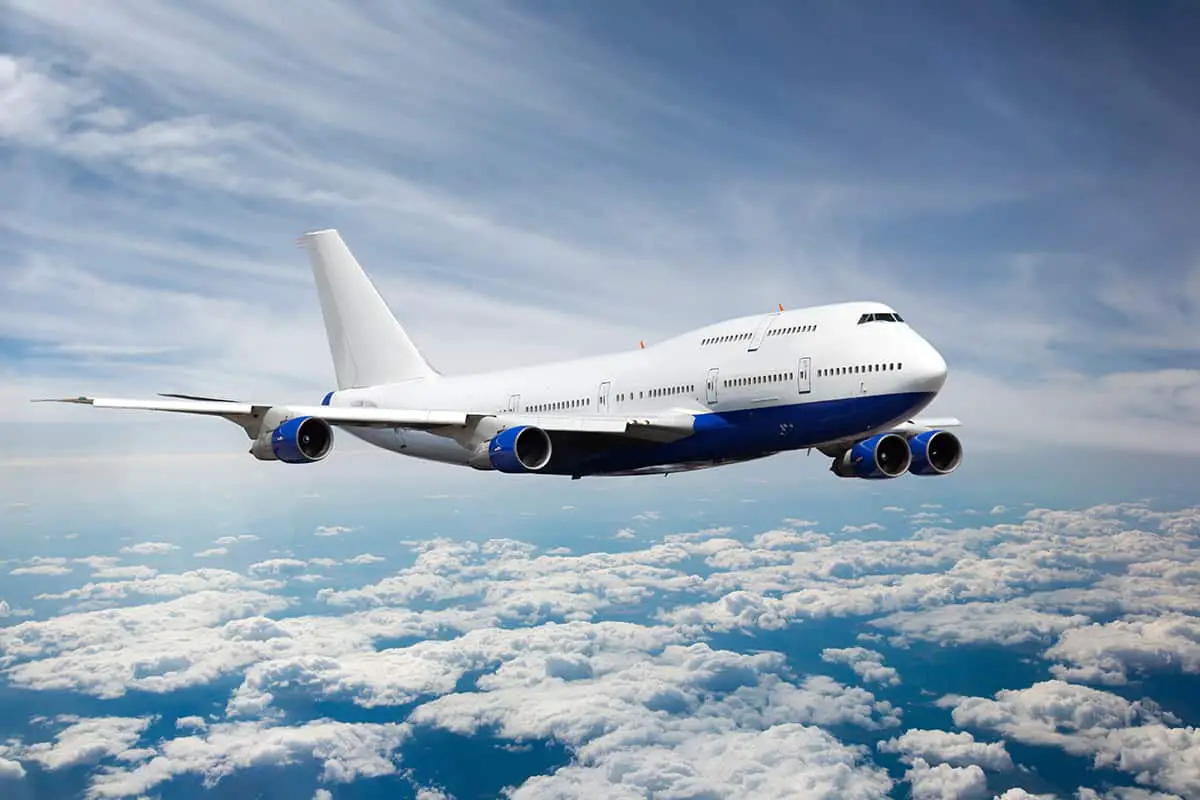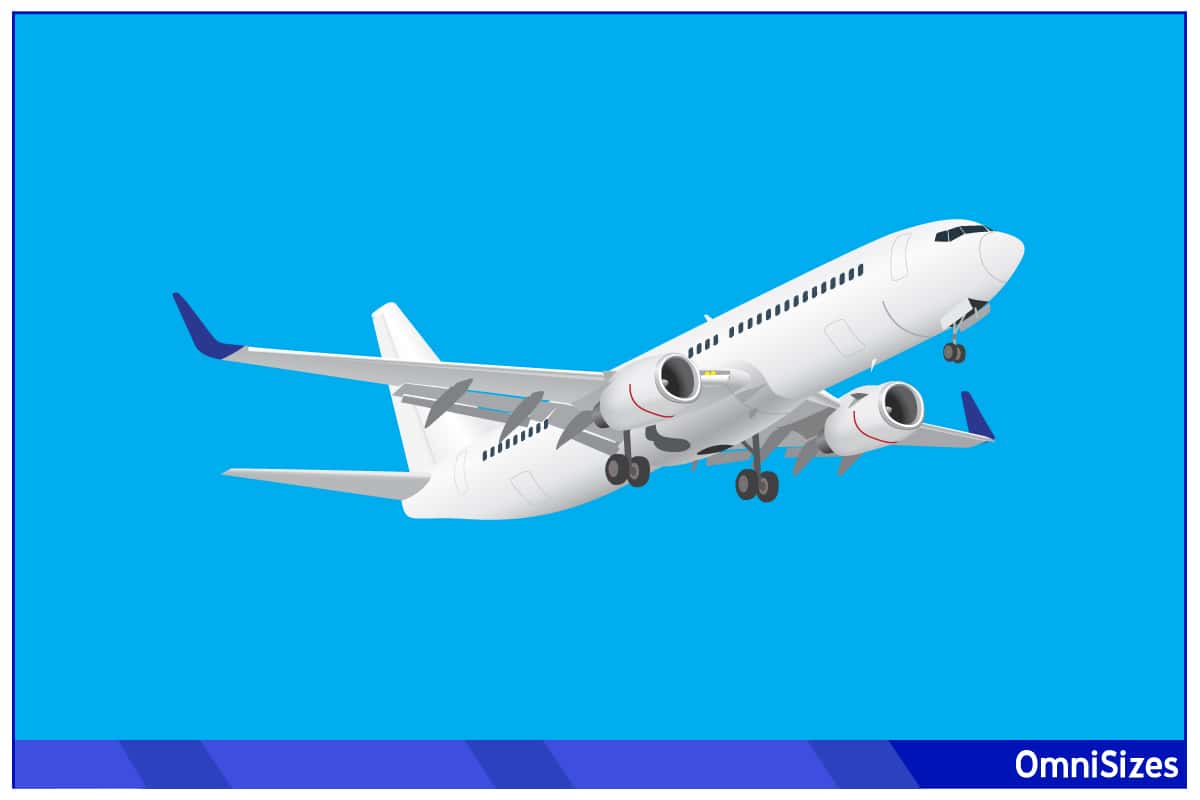Step into the vast and fascinating world of aircraft, where size is more than just measurements—it’s about ambition, innovation, and connecting the globe. When talking about Boeing sizes, we’re diving into a story of technological evolution. From nimble jets that weave through the skies to majestic behemoths that bridge continents, Boeing’s range is as diverse as the destinations they reach.
This guide is your ticket to understanding Boeing’s diverse fleet. It will take you through the varying sizes and designs of Boeing aircraft. Get ready to embark on a journey that highlights the physical dimensions and the immense impact these flying machines have on our world.
The Birth of Boeing’s Fleet

Boeing’s journey in aviation began over a century ago, which marked the dawn of a new era in air travel. It all started with the Boeing Model 1, also known as the B&W Seaplane, back in 1916. This humble beginning laid the groundwork for a legacy that would revolutionize the skies.
The early years of this company saw it focus on military aircraft and contribute significantly to World War I and II efforts with models like the Boeing P-12 and B-17 Flying Fortress. These planes were symbols of resilience and innovation during challenging times.
Transitioning from military to commercial aviation, Boeing introduced the Model 247 in 1933, a game-changer that set new standards for passenger comfort and flight efficiency. This move helped shape the future of commercial travel. Boeing’s commitment to pushing boundaries continued with the development of the iconic Boeing 707 in the 1950s, ushering in the jet age. This jet not only transformed Boeing but also the entire aviation industry.
Boeing Narrow-Body Aircraft Sizes
Narrow-body aircraft are a key part of Boeing’s lineup. These single-aisle planes balance efficiency and comfort, making them the go-to option for short to medium flights.
The Boeing 737 has become synonymous with short-haul travel. With its first flight in 1967, the 737 created a new standard for narrow-body aircraft. It’s known for its versatility, reliability, and efficiency, which is why you’ll find it in the fleets of airlines worldwide.
The 737 comes in several variants—The 737 Classic (300, 400, and 500), Next Generation (NG) (700, 800, and 900), and the latest MAX series (7, 8, 9, and 10)—that highlight Boeing’s commitment to innovation.
| Boeing 737 Type | Overall Length | Wingspan | Overall Height | Seat Capacity |
| 737-300 | 109 ft. 7 in.
33.4 m |
94 ft. 9 in.
28.9 m |
36 ft. 6 in.
11.1 m |
126 to 149 |
| 737-400 | 119 ft. 7 in.
36.4 m |
94 ft. 9 in.
28.9 m |
36 ft. 6 in.
11.1 m |
147 to 168 |
| 737-500 | 101 ft. 9 in.
31.0 m |
94 ft. 9 in.
28.9 m |
36 ft. 6 in.
11.1 m |
110 to 132 |
Boeing Wide-Body Aircraft Sizes
Wide-body aircraft are Boeing’s answer to long-haul travel. These double-aisle planes are designed for comfort and efficiency on longer routes.
Boeing 747
Affectionately known as the ‘Queen of the Skies,’ the Boeing 747 revolutionized air travel when it debuted in 1968. It was the first wide-body airplane and remains one of the most recognizable aircraft in the world. The 747 made international travel more accessible, thanks to its impressive size and range. Boeing officially retired the 747 in 2022.
| Boeing 747 Type | Overall Length | Wingspan | Overall Height | Seat Capacity |
| 747-100 | 231 ft. 4 in.
70.5 m |
195 ft. 8 in.
59.6 m |
63 ft. 5 in.
19.3 m |
366 to 480 |
| 747SP | 184 ft. 9 in.
56.3 m |
195 ft. 8 in.
59.6 \m |
65 ft. 10 in.
20.1 m |
233 to 400 |
| 747-200 | 231 ft. 4 in.
70.5 m |
195 ft. 8 in.
59.6 m |
63 ft. 5 in.
19.3 m |
Up to 480 |
| 747-300 | 231 ft. 8 in.
70.6 m |
195 ft. 8 in.
59.6 m |
63 ft. 5 in.
19.3 m |
Up to 608 |
| 747-400 | 231 ft. 8 in.
70.6 m |
211 ft. 3 in.
64.4 m |
63 ft. 8 in.
19.4 m |
Up to 660 |
| 747-8 | 250 ft. 2 in.
76.25 m |
224 ft. 7 in.
68.5 m |
63 ft. 3 in.
19.4 m |
Up to 605 |
Boeing 767
Launched in 1981, the Boeing 767 is a mid-to-large size, long-range, wide-body twin-engine jet airliner. Its efficient design popularized twinjets on transcontinental routes. With variants like the 767-200, 767-300, and extended-range versions, it’s versatile for both passenger and cargo use.
| Boeing 767 Type | Overall Length | Wingspan | Overall Height | Seat Capacity |
| 767-200 | 159 ft. 2 in.
48.5 m |
156 ft. 1 in.
47.6 m |
52 ft.
15.9 m |
Up to 290 |
| 767-300 | 180 ft. 1 in.
54.9 m |
156 ft. 1 in.
47.6 m |
55 ft. 1 in.
16.8 m |
Up to 351 |
| 767-400ER | 201 ft. 4 in.
61.4 m |
170 ft. 4 in.
51.9 m |
55 ft. 4 in.
16.9 m |
Up to 245 |
Boeing 777
The Boeing 777 is a family of long-range, wide-body twin-engine jet airliners. With its maiden flight in 1994, it became the first commercial aircraft designed entirely using computer-aided design tools. The 777 also broke records for the longest non-stop flight by a commercial airliner.
| Boeing 777 Type | Overall Length | Wingspan | Overall Height | Seat Capacity |
| 777-200LR | 209 ft. 1 in.
63.7 m |
212 ft. 7 in.
64.8 m |
61 ft. 1 in.
18.6 m |
317 |
| 777-300ER | 242 ft. 4 in.
73.9 m |
212 ft. 7 in.
64.8 m |
60 ft. 8 in.
18.5 m |
392 |
Boeing 777X
The Boeing 777X was unveiled in 2013 and represents the next generation of the renowned 777 series. It boasts the world’s largest turbofan engines and an innovative folding wingtip design, a first for a commercial aircraft, to enhance aerodynamic efficiency.
| Boeing 777X Type | Overall Length | Wingspan | Overall Height | Seat Capacity |
| 777-8 | 232 ft. 6 in.
70.9 m |
235 ft. 5 in.
71.8 m |
64 ft.
19.5 m |
395 |
| 777-9 | 251 ft. 9 in.
76.7 m |
235 ft. 5 in.
71.8 m |
64 ft. 7 in.
19.7 m |
426 |
Boeing 787
The Boeing 787, also known as the Dreamliner, first flew in 2009. This model features larger windows, higher cabin humidity, and lower cabin altitude for improved passenger comfort. The Dreamliner’s environmental friendliness has made it a popular choice for airlines focusing on sustainability and passenger experience.
| Boeing 787 Type | Overall Length | Wingspan | Overall Height | Seat Capacity |
| 787-8 | 186 ft.
57 m |
197 ft.
60 m |
56 ft.
17 m |
248 |
| 787-9 | 206 ft.
63 m |
197 ft.
60 m |
56 ft.
17 m |
296 |
| 787-10 | 224 ft.
68 m |
197 ft.
60 m |
56 ft.
17 m |
336 |






